

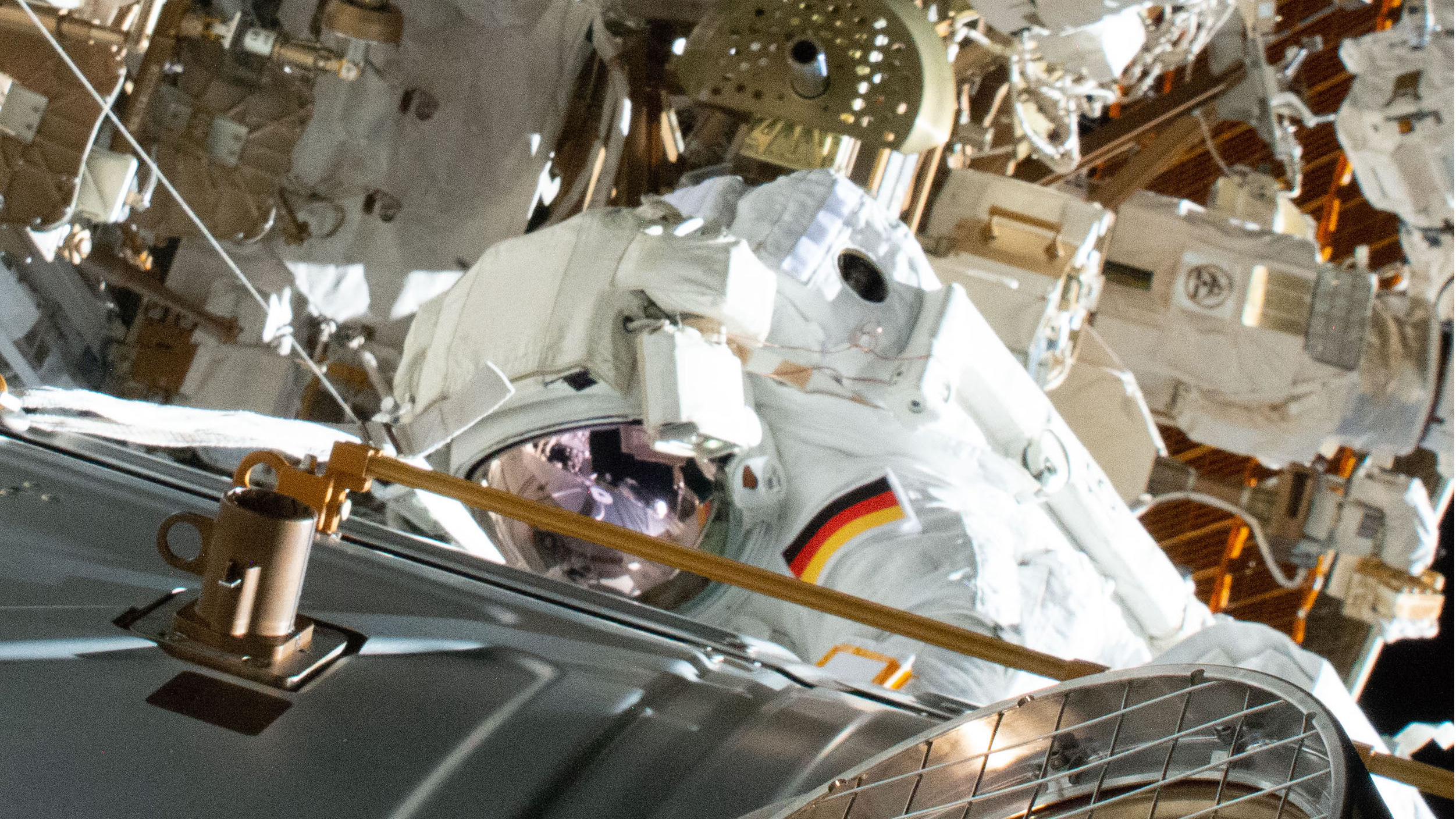
NASA has announced plans to resume spacewalks on the International Space Station in 2025, following a suspension of activities in June due to a leaky spacesuit. The agency's operations and integration manager confirmed the decision during a press conference after the successful completion of SpaceX's Crew-8 mission. The need for spacewalks is determined by a schedule that considers spacecraft arrivals and departures, as well as astronaut research activities. The June incident involving a coolant leak did not pose any immediate danger to the astronauts or the ISS.
NASA Announces Resumption of Spacewalks on International Space Station in 2025
After a hiatus due to a spacesuit leak, NASA has announced plans to resume spacewalks on the International Space Station (ISS) in 2025. The agency's operations manager confirmed the decision following the successful completion of SpaceX's Crew-8 mission.
Background
Spacewalks, or extravehicular activities (EVAs), are essential for maintaining and repairing the ISS. They involve astronauts exiting the space station to perform tasks such as equipment maintenance, repairs, and science experiments.
In June 2023, a coolant leak in a Russian Orlan spacesuit forced two cosmonauts to cut short their spacewalk and return to the ISS. NASA subsequently suspended spacewalks until the issue could be resolved.
Resumption of Spacewalks
NASA has conducted a thorough investigation of the coolant leak and has determined that it is safe to resume spacewalks. The agency has implemented new procedures and safety measures to prevent similar incidents from occurring in the future.
The first spacewalks in 2025 are scheduled to begin in the spring. They will be conducted by astronauts from the United States, Russia, and Japan.
Schedule and Activities
The need for spacewalks is determined by a schedule that considers spacecraft arrivals and departures, as well as astronaut research activities. The first spacewalks in 2025 will focus on:
Top 5 FAQs
Why were spacewalks suspended on the ISS? A coolant leak in a Russian spacesuit in June 2023 forced the suspension of spacewalks.
When will spacewalks resume? Spacewalks are scheduled to resume in the spring of 2025.
Who will conduct the spacewalks? Astronauts from the United States, Russia, and Japan will conduct the spacewalks.
What tasks will be performed during the spacewalks? The tasks will include external maintenance and repair of the ISS, installation of new equipment, and science experiments.
Are the spacewalks safe? NASA has conducted a thorough investigation and has implemented new safety measures to ensure the safety of the astronauts during spacewalks.

The University Grants Commission (UGC) has announced draft guidelines for introducing skill-based courses and micro-credentials in higher education institutions, aligning with the objectives of the National Education Policy 2020. These courses, including emerging fields such as data analytics and AI, aim to enhance students' employability and support economic growth through a qualified workforce. Feedback on the guidelines will be accepted for the next 30 days, giving students and educators a chance to provide their input.
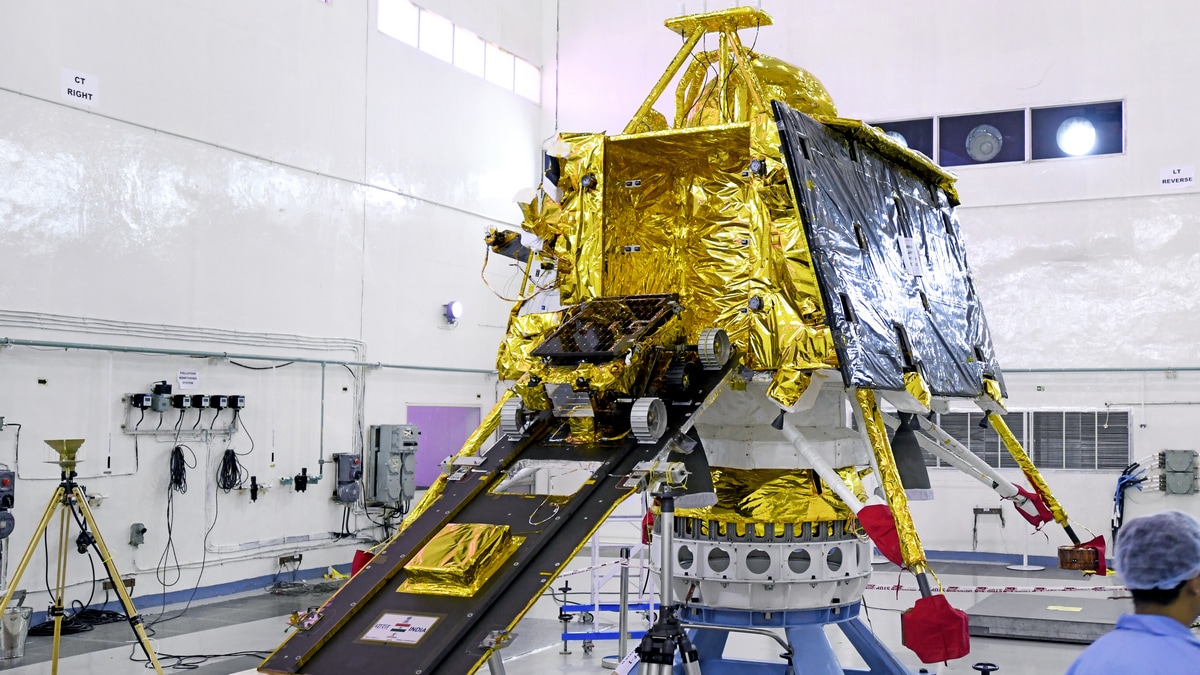
Indian Space Research Organisation (ISRO) has successfully placed two satellites, weighing 220kg, into a circular orbit of 475 km for a crucial space docking technology demonstration. This mission also included the launch of POEM-4 with 24 payloads from startups, industries, and academia. Scientist S Somanath stated that the docking process is expected to take place on January 7, after operations at ISTRAC Bengaluru from December 31. This mission is a major step towards future space missions for India.

The Indian Space Research Organisation (ISRO) launched the PSLV C60 mission on Monday night, marking a historic moment for the country's space exploration. The mission involved the launch of two spacecraft, which will demonstrate India's capabilities in orbital docking- a crucial technology for future human spaceflight and satellite servicing missions. With this achievement, India joins an elite group of countries with this technology, furthering the country's ambitions to send humans to the Moon and establish its own space station.

India's ISRO launched its Polar Satellite Launch Vehicle (PSLV-C50) carrying two spacecraft, Spacecraft A and B, to test key technologies for the future establishment of a space station. This mission is a precursor to ISRO's goal of setting up its own space station by 2035 and will aid in space docking, satellite servicing, and future interplanetary missions. The successful launch marks another milestone for India's growing space program.
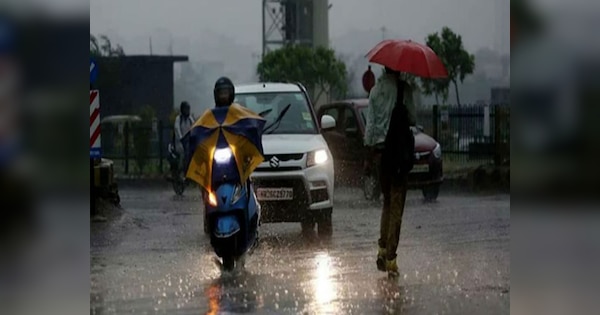
A new western disturbance is expected to affect the state of Rajasthan, bringing in light to moderate rain and hailstorms on Thursday. The India Meteorological Department (IMD) has predicted this system to also bring snowfall in the Himalayan region. North India continues to face severe cold wave conditions, with some states experiencing temperatures as low as -10.6 degrees Celsius. However, some relief may be in sight for Rajasthan with these weather changes.

A team of researchers has developed a groundbreaking algorithm to efficiently transform a given matrix by setting its rows and columns to zero in place. This new algorithm, which has been extensively tested and refined, has the potential to greatly improve the computational efficiency and speed of this common operation in the fields of mathematics and computer science. With this breakthrough, scientists and programmers will have a powerful tool to more effectively manipulate and analyze data in various applications.

Every year on December 22, National Mathematics Day is celebrated to honor the life and achievements of Srinivasa Ramanujan, one of the most influential mathematicians in history. Despite growing up in extreme poverty, his groundbreaking contributions to mathematics continue to inspire researchers today. This day not only celebrates his legacy but also recognizes India's rich history in mathematics and encourages students to explore the world of numbers.
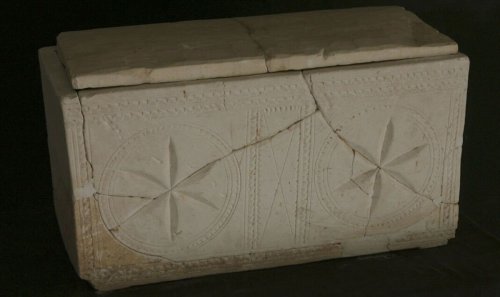
A bone box with the inscription "James, son of Joseph, brother of Jesus" was recently put on display in Atlanta, Georgia. The box is believed to have once held the remains of James the Just, brother of Jesus, making it the oldest physical evidence of Jesus. Despite some controversy and accusations of forgery, the box has been declared authentic by experts.
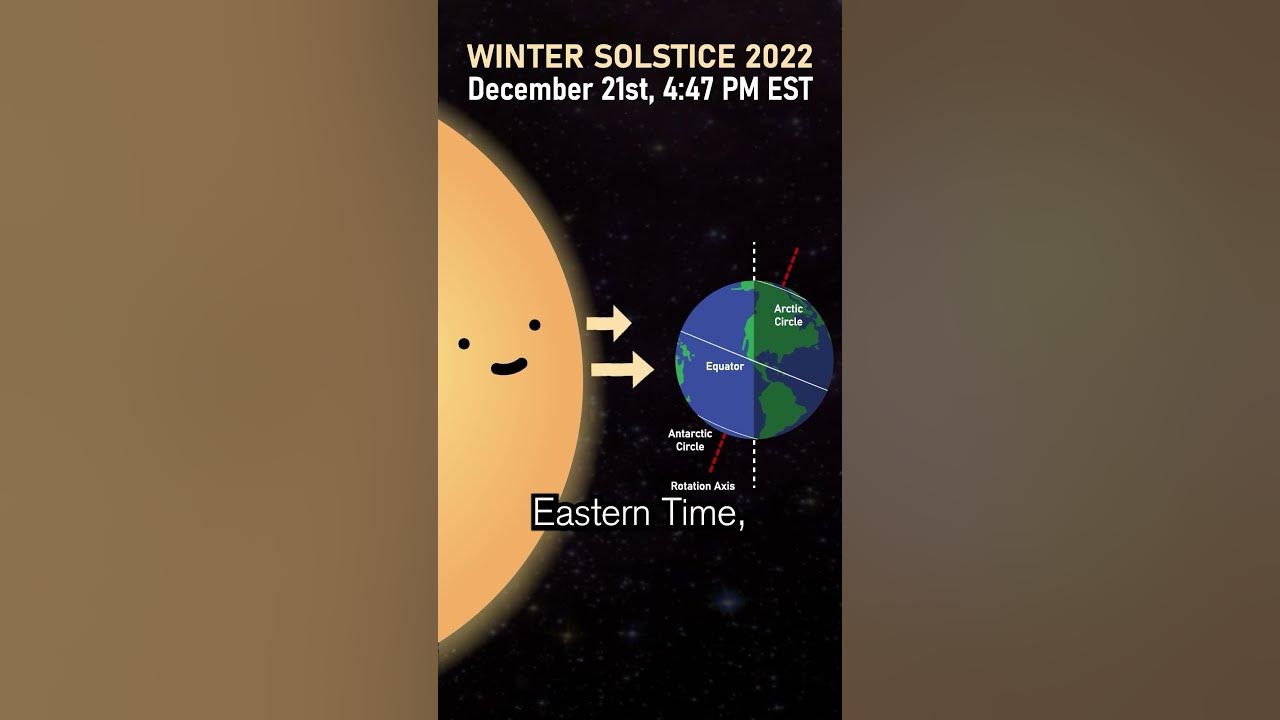
As the winter solstice approaches on December 21st, the Northern Hemisphere will experience the shortest day and longest night of the year. This natural phenomenon has captivated people for centuries, with ancient traditions and festivals taking place around the world. Through science, we can understand why this occurs and how it affects different regions of the world differently.
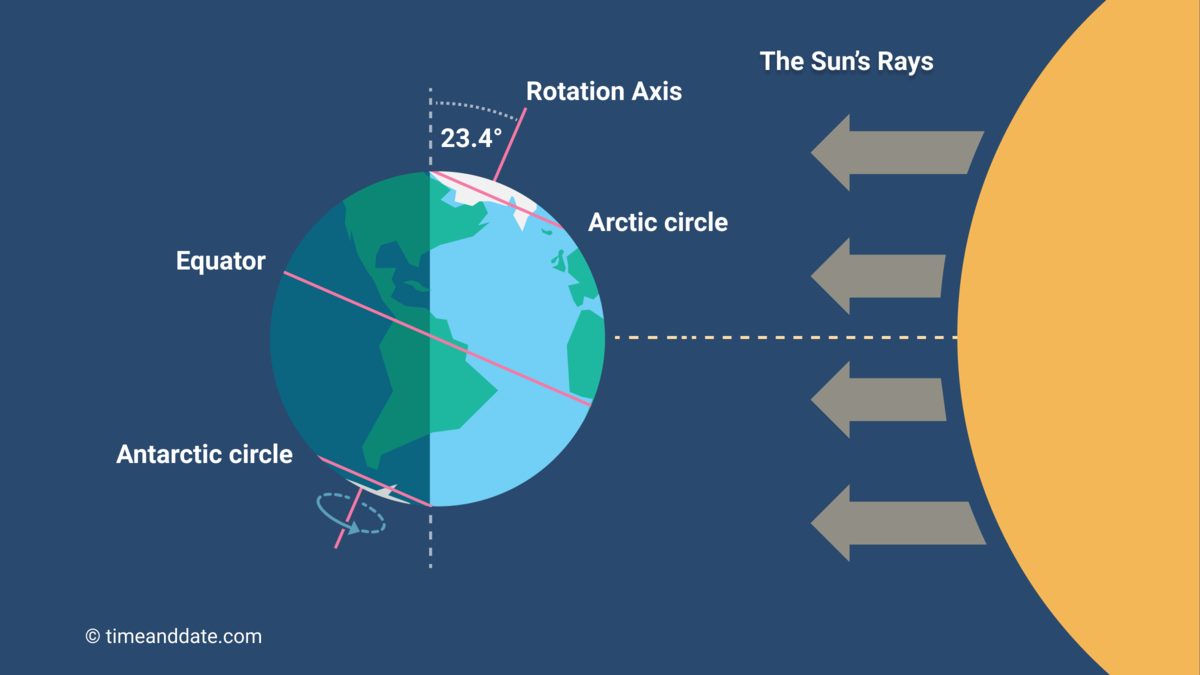
Every year, the Northern Hemisphere experiences the arrival of winter on the winter solstice, which marks the shortest day and longest night due to the Earth's tilt on its axis. As the North Pole is furthest from the sun, it receives the least amount of sunlight, resulting in a gradual lengthening of days towards the arrival of spring. This year, the winter solstice falls on December 21 and will be celebrated by people worldwide in various ways to mark the significant celestial event.